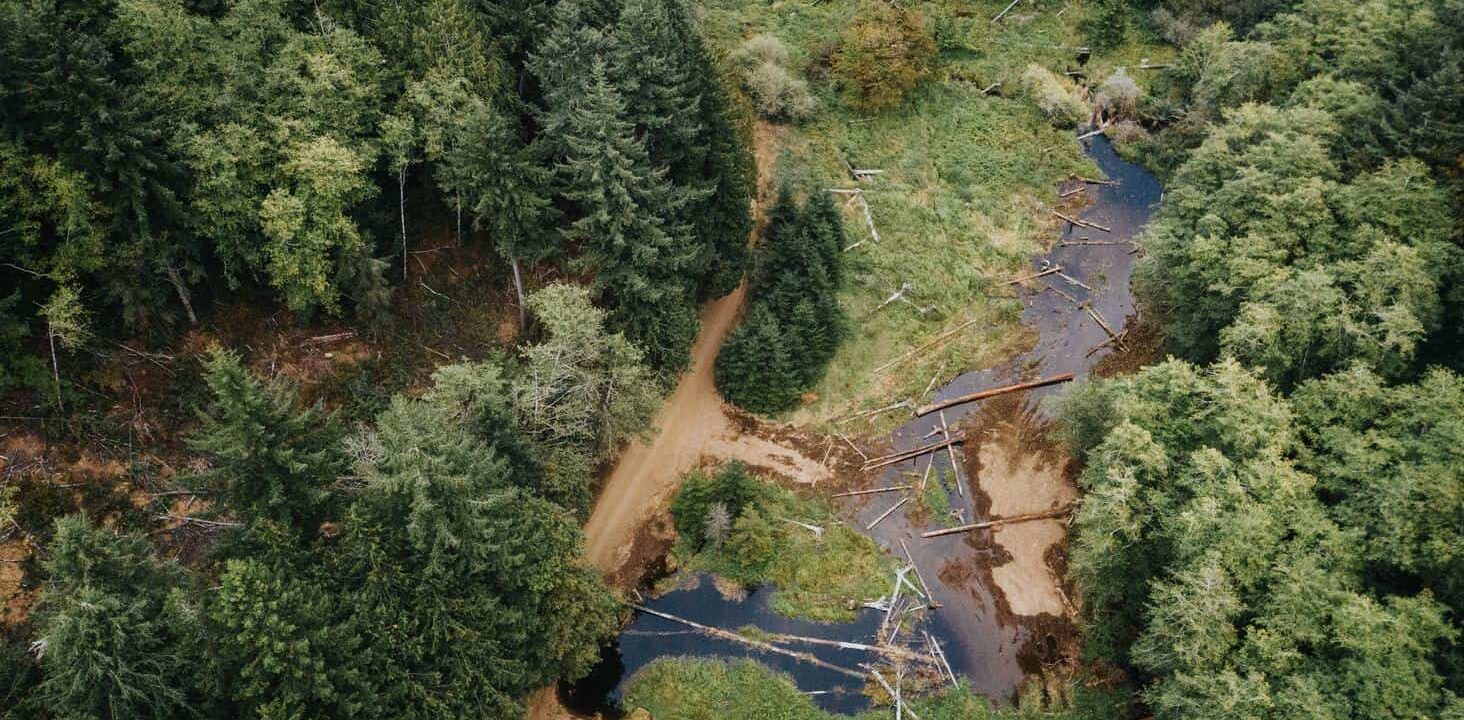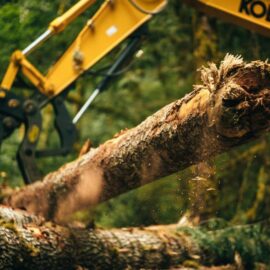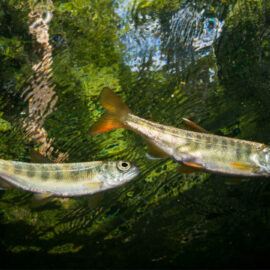In a huge boost for Oregon’s Coos and Siuslaw watersheds, a state agency has awarded $23 million to coastal partners to complete salmon restoration projects prioritized by Wild Salmon Center’s Coast Coho Partnership.
The Oregon Watershed Enhancement Board (OWEB) has announced the five 2022 recipients of its Focused Investment Partnership (FIP) program, including first-ever awards for Oregon’s Coast.
The program’s $11 million award to the Coos Basin Coho Partnership and $12 million to the Siuslaw Coho Partnership will launch years of high-priority restoration projects in these watersheds, with the aim to recover local populations of endangered Oregon Coast coho salmon.
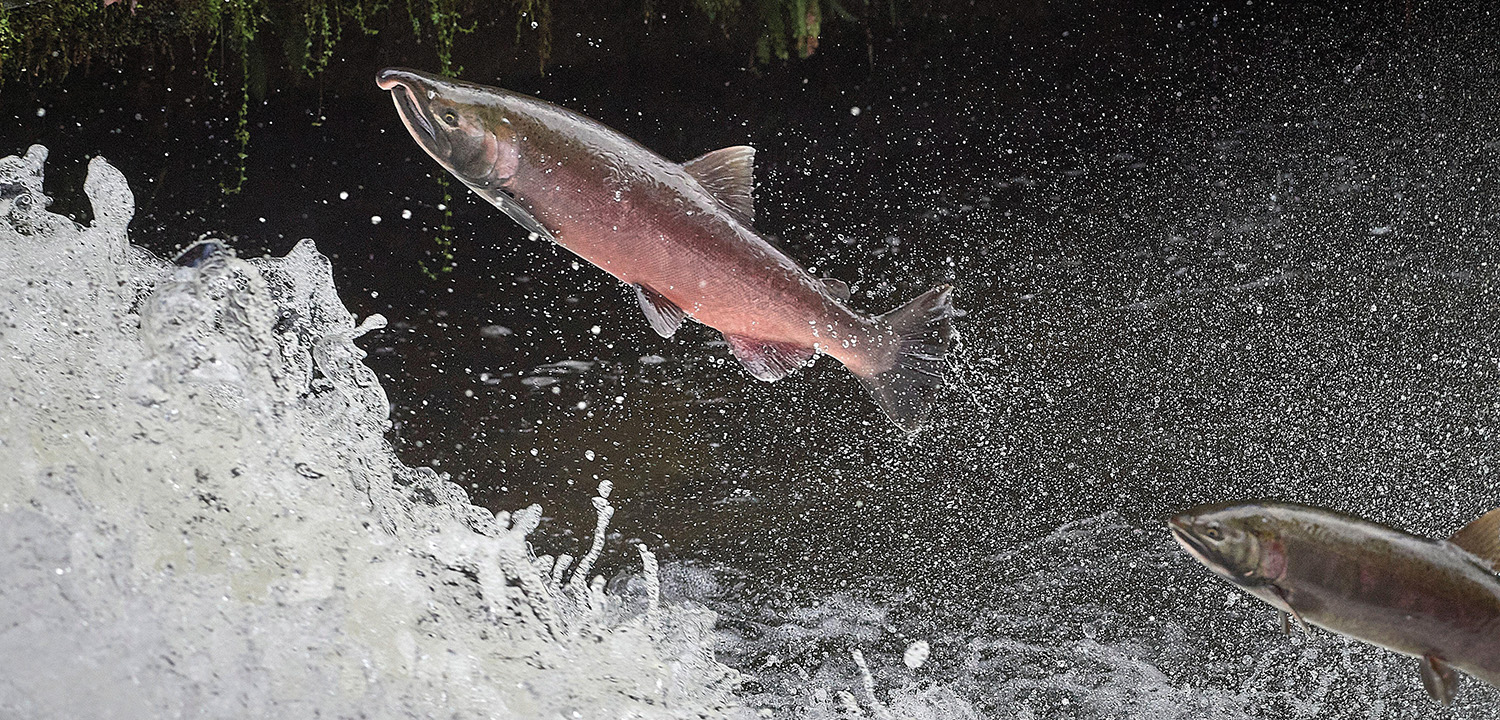
“We’ve already done the work to inventory, prioritize, and even start designing our top restoration projects,” says Rosemary Pazdral, Executive Director of the Siuslaw Watershed Council and lead local coordinator for the Siuslaw Coho Partnership. “Now we can start hiring for the next six summers and beyond. This level of funding will benefit so many people in the Siuslaw watershed.”
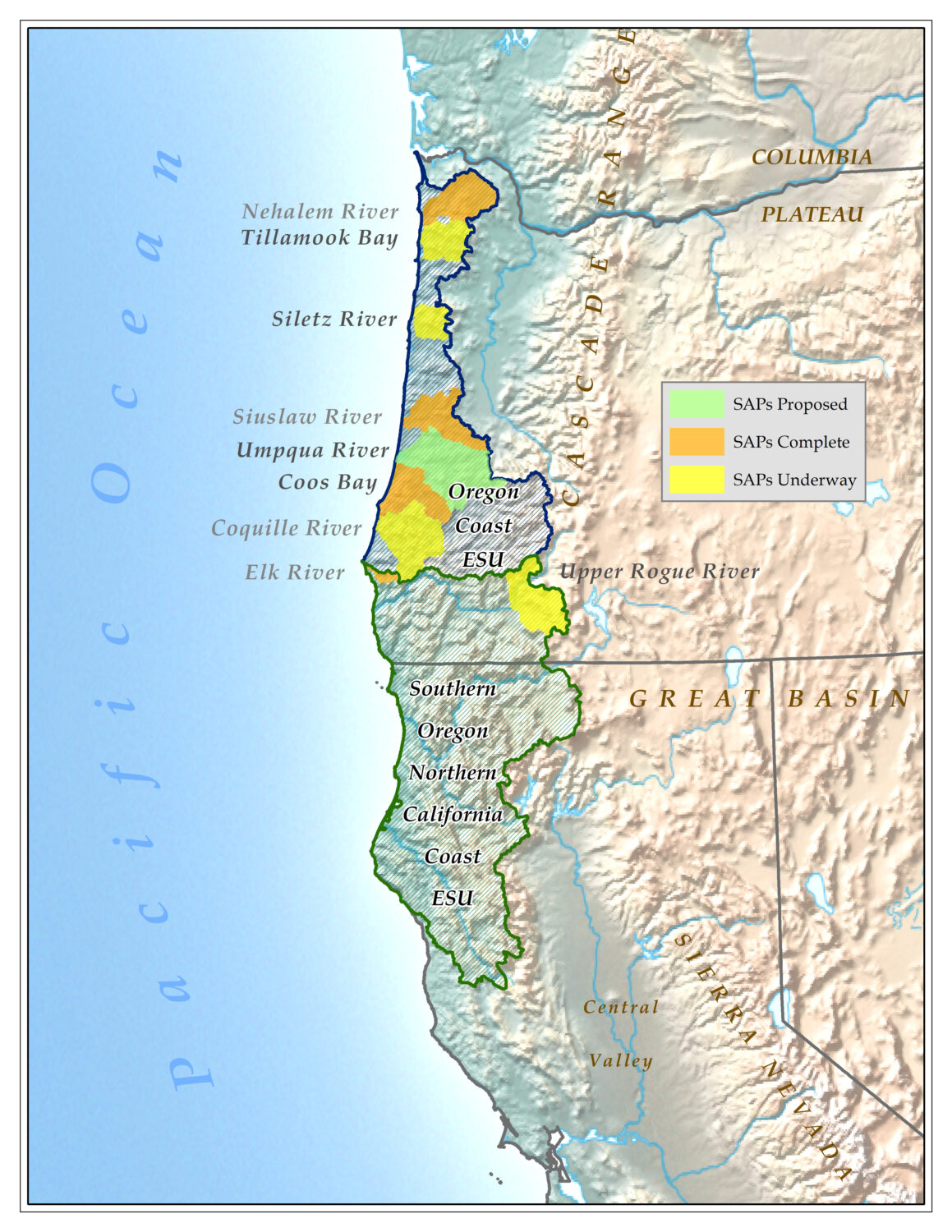
Pazdral attributes the size of the FIP awards for the two partnerships to the groups’ decades of on-the-ground expertise, as well as the strong scientific foundation created by watershed-specific strategic action planning with the Coast Coho Partnership.
The Coast Coho Partnership, a statewide coalition of watershed teams managed by the nonprofit Wild Salmon Center, combines cutting-edge habitat and climate modeling with expertise from scientists, private landowners, and other stakeholders to create five-year coho habitat restoration work plans specific to watersheds including the Coos Basin and Siuslaw. Since 2017, CCP has leveraged an additional $8 million, and counting, in direct and matching funding for coho habitat restoration projects up and down the Oregon Coast.
The FIP investments show that CCP’s rigorous strategic planning is continuing to pay big dividends for coastal communities, says Dr. Tim Elder, WSC’s Southwest Oregon Program Director.
“These long-term planning projects are now showing outcomes in the form of these large grants,” Dr. Elder says. “What we’re now seeing from both state and federal sources is a level of investment in Oregon Coast coho recovery that has true potential to make a real and lasting impact on coastal communities.”
“What we’re now seeing from both state and federal sources is a level of investment in Oregon Coast coho recovery that has true potential to make a real and lasting impact on coastal communities.”
Dr. Tim Elder, WSC Southwest Oregon Program Director
The economic and ecological impacts of coho salmon restoration will extend beyond the FIP funding’s disbursement over the next six years, says Haley Lutz, Executive Director of the Coos Watershed Association, which serves as the lead local coordinator for the Coos Basin Coho Partnership. These long-term benefits will reach sport and commercial fisheries, tourism, port activities, and clean water for communities.
A 2020 Wild Salmon Center analysis found that just $1.2 million invested in watershed restoration that year directly translated to 29 long-term and 168 short-term jobs. Now, with $23 million headed to the Coos Basin and Siuslaw watersheds, Lutz and Pazdral expect that local communities will both see and feel the impacts of the restoration projects that will start rolling out this year. (See below for more on what FIP funding will mean for the Coos Basin and Siuslaw watersheds.)
“This is a huge investment not just in Oregon Coast coho recovery, but also in the strong restoration economy we’re building on the South Coast,” Lutz says. “We’ll be investing millions of dollars in our local economy through supply purchases and by hiring contractors and additional skilled workers in the Coos Basin.”
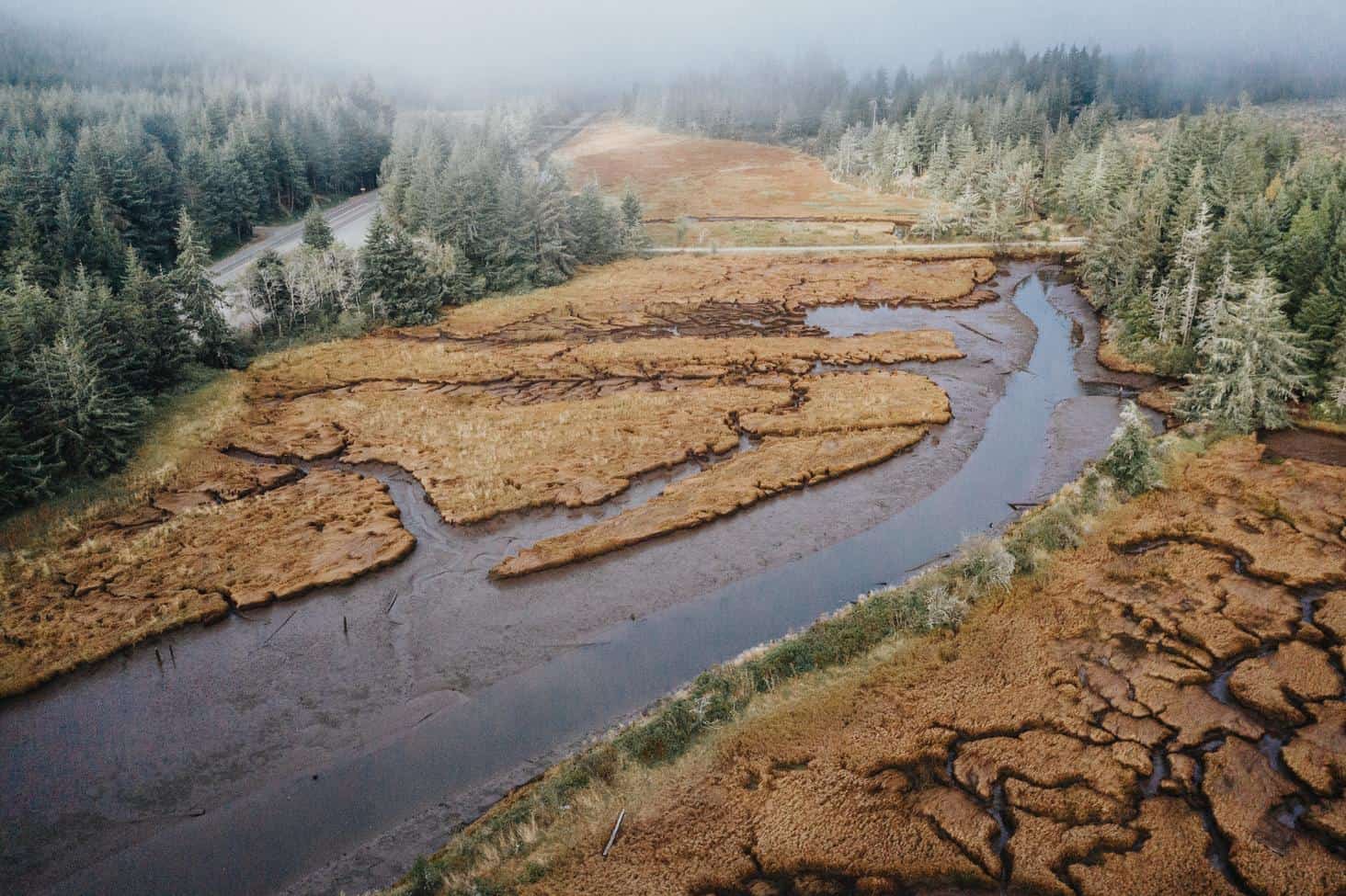
That ability to engage local communities in watershed restoration work is a key criterion for OWEB when choosing partners for its marquee funding program, says Eric Hartstein, the agency’s Board and Legislative Policy Coordinator. With their decades of experience engaging local stakeholders and millions already invested in Siuslaw and Coos Basin watershed restoration projects, both groups stood out in the FIP application process, he says.
“This is a huge investment not just in Oregon Coast coho recovery, but also in the strong restoration economy we’re building on the South Coast.”
Haley Lutz, Coos Watershed Association Executive Director
“What made the Coos and Siuslaw partnerships competitive are the ecological strength of the actions proposed for these watersheds and the outstanding capacity of the partnerships themselves,” Hartstein says.
Along with a third coastal awardee, the Oregon Central Coast Estuary Collaborative, the Coos Basin and Siuslaw awards represent the first coastal investment made by the FIP program. This funding will immediately be put to work, say Lutz and Pazdral; within the first two years of FIP program funding, the partnerships have collectively committed to improving coho access to more than 50 river miles of spawning and rearing habitat, while restoring more than 1,200 acres of riparian, floodplain, and slough habitat.
The timing of the FIP awards couldn’t be better, says Mark Trenholm, Wild Salmon Center’s Coastal Programs Director.
“With the Mid and South Coasts battling ongoing drought, wildfires, and low stream flows, this level of state commitment to the health of the region’s salmon rivers is deeply welcome,” Trenholm says. “We must work fast to improve the resilience of these systems while Oregon Coast coho runs are still recoverable—so that coastal salmon communities can pass on their proud fishing legacy.”
***
OWEB’S $23M COASTAL FIP INVESTMENT: THE FACTS
COOS BASIN COHO PARTNERSHIP:
- The Coos Basin Coho Partnership (CBP) will receive the first of three OWEB disbursements ($3,469,614) in 2022. Funding will span three bienniums from 2022-2028 for a total of $11,075,993.
- The award, made through OWEB’s Focused Investment Partnership program, will fund projects that aim to increase the abundance of coho salmon in the Coos Basin by improving habitat quantity, quality, and connectivity—particularly freshwater spawning grounds and lowland rearing and overwintering areas such as tidal marshes.
- In the first two years, CBP projects will improve access to over 40 miles of coho spawning and rearing habitat, add habitat complexity to 4+ stream miles, and enhance 20+ acres of native riparian (streamside) habitat and 170+ acres of lowland slough habitat.
- CBP will focus on 14 main project sites in the first two years. Project examples include opening up fish passage to spawning habitat above Tioga Falls, upgrading a tide gate on Palouse Creek, and improving fish use, drainage, and connectivity in the Lillian Creek tidal wetland.
- With contributions and matching funds from CBP partners, the total amount leveraged for the Coos Basin is expected to reach nearly $20 million over six years, almost doubling OWEB’s investment.
SIUSLAW COHO PARTNERSHIP:
- The Siuslaw Coho Partnership will receive the first of three OWEB disbursements ($4,000,000) in 2022. Funding will span three bienniums from 2022-2028 for a total of $12,000,000.
- The award, made through OWEB’s Focused Investment Partnership program, will implement projects that increase diverse summer and winter rearing habitats for coho salmon in the Siuslaw and Coastal Lakes regions near Florence, Oregon.
- In the first two years, SCP will open up 13.8 miles of spawning and rearing habitat, add complexity (wood placement) to 3 miles of stream, enhance 509+ acres of native riparian (streamside) habitat, and reconnect 388+ floodplain acres and 132 acres of stream and slough habitat.
- SCP will focus on 22 main project sites in the first two years. Project examples include removing tide gates on the Lower North Fork Siuslaw, reconnecting tidal wetlands on Bernardt Creek, coho spawning surveys and culvert replacements near Triangle Lake, and invasive beach grass removal in the Siltcoos and Tahkenitch estuaries.
